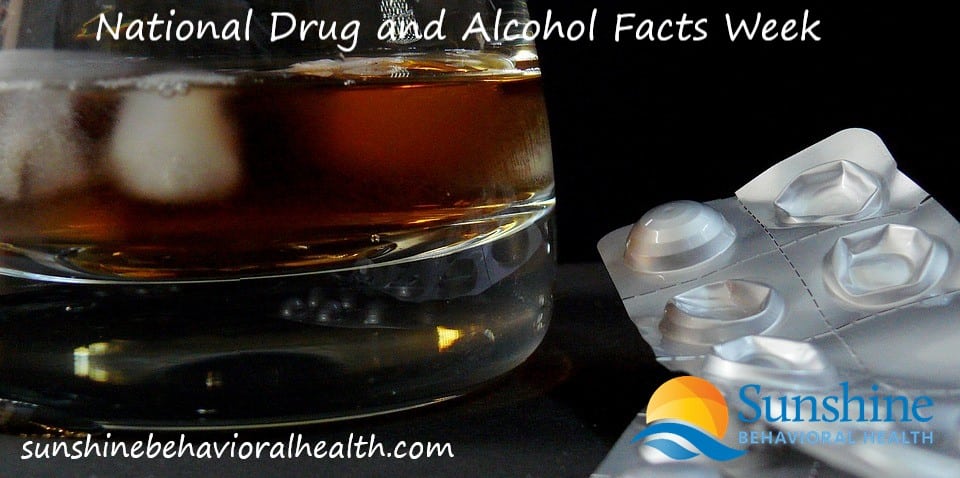
2024 Drug & Alcohol Facts & Statistics
March 21 through March 27 is National Drug and Alcohol Facts Week. Launched in 2010 by the National Institute on Drug Abuse (NIDA), this week aims to educate teens and young adults about drug and alcohol abuse.
It helps young people understand the potential effects of substance abuse or addiction on their bodies, brains, emotional health, and lives.
In honor of this week, and to educate, increase awareness, and address substance and alcohol abuse and addiction, we’d like to offer some facts about alcohol and drugs:
Alcohol abuse and addiction in the teen years can interfere with brain development.
When people are teens, their brain chemistry is still developing. Neural connections are being created and trimmed, so thinking changes from adolescence to adulthood.
Studies show that when teens consume alcohol and drugs, their brains may not experience such chemical changes. This can lead to memory and cognitive difficulties later in life. It can also make the transition from the teenage years to adulthood difficult.
Teens who start drinking when they’re 15 are four times more likely to develop an alcohol addiction than those who wait until they’re 21.
Young people might mistakenly believe that if they begin drinking alcohol while they’re in their teens, they’ll be able to stop drinking whenever they want.
But by the time someone realizes that they need or want to stop drinking, they may be actively addicted.
Prescription drugs are just as dangerous as illicit (illegal) drugs.
Because doctors or health care professionals prescribe certain medications, some people view them as safer than their illegal counterparts, but this isn’t true.
Many commonly abused prescription medications have the same mind-altering effects as illegal drugs. Taking them without a prescription, or taking more than prescribed, can produce serious consequences.
Xanax can be just as addictive as opioids.
Some people believe that the benzodiazepine drug Xanax, used to treat anxiety and panic disorders, is not addictive. They think that only opioid drugs are addictive, but that simply isn’t correct.
Benzodiazepine drugs such as Xanax are also potentially addictive. This addiction can be just as difficult to overcome as addictions to other substances.
Marijuana isn’t harmless.
While some believe that they’re just using a harmless herb, people can become psychologically dependent on marijuana.
Smoking marijuana can also lead to many of the same health and breathing problems experienced by cigarette smokers. Marijuana may also be laced with dangerous substances such as cocaine, PCP (phencyclidine), and formaldehyde, which can produce their own hazards.
If you or a loved one has a substance or alcohol abuse disorder, or you think your using or drinking may be spiraling out of control, help is available. You don’t have to struggle on your own.
Sources
teens.drugabuse.gov – Learn About National Drug and Alcohol Facts Week
pubs.niaaa.nih.gov – Sidebar: Alcohol’s Effects on Adolescents
ncadd-sfv.org – National Drug and Alcohol Facts Week
iprc.indiana.edu – Drug Overview: Marijuana – Physical vs. Psychological
sunshinebehavioralhealth.com – What Is a Substance Abuse Evaluation and Why Is It Important?
A Message From Our CEO
Medical disclaimer:
Sunshine Behavioral Health strives to help people who are facing substance abuse, addiction, mental health disorders, or a combination of these conditions. It does this by providing compassionate care and evidence-based content that addresses health, treatment, and recovery.
Licensed medical professionals review material we publish on our site. The material is not a substitute for qualified medical diagnoses, treatment, or advice. It should not be used to replace the suggestions of your personal physician or other health care professionals.






